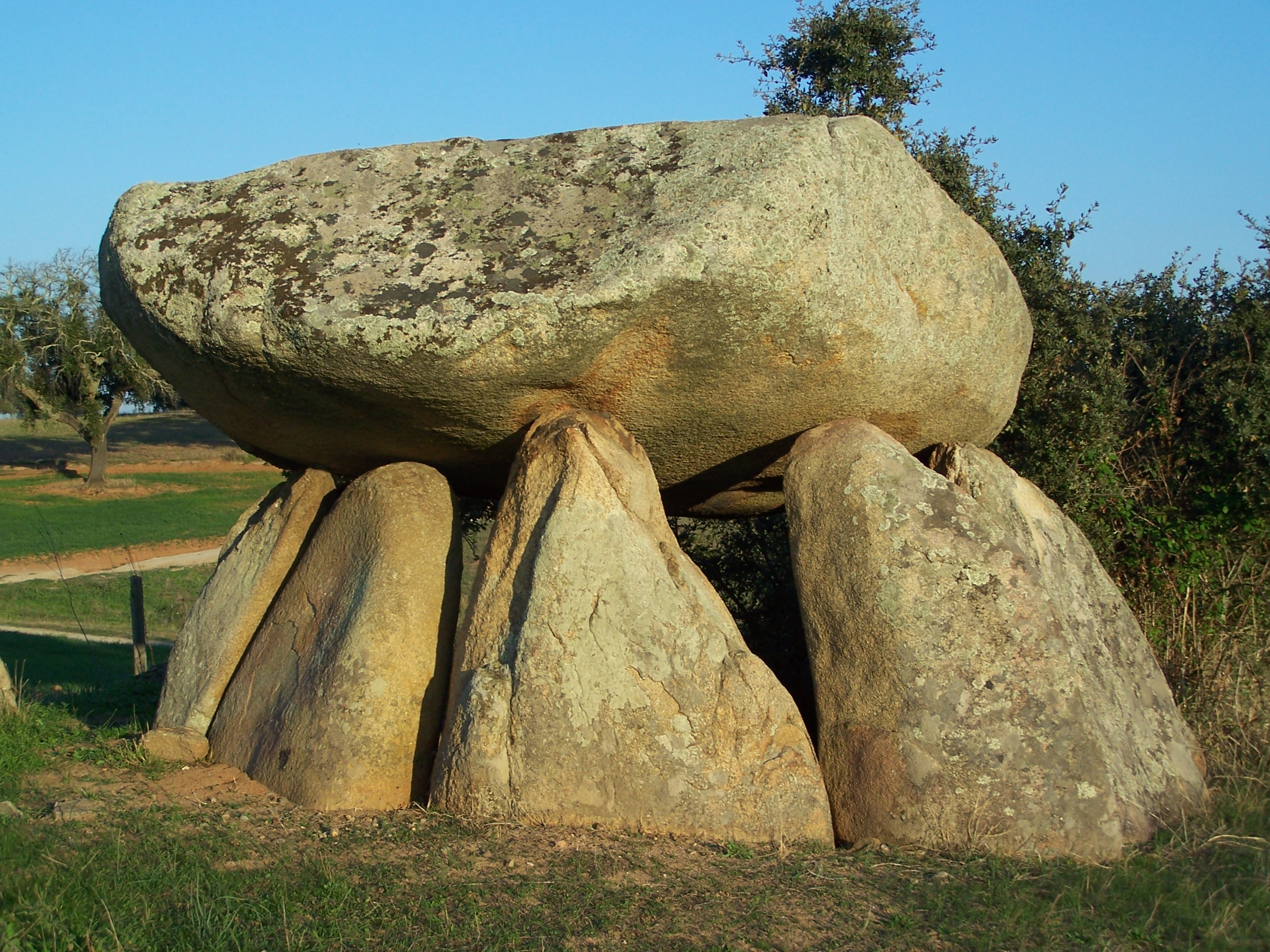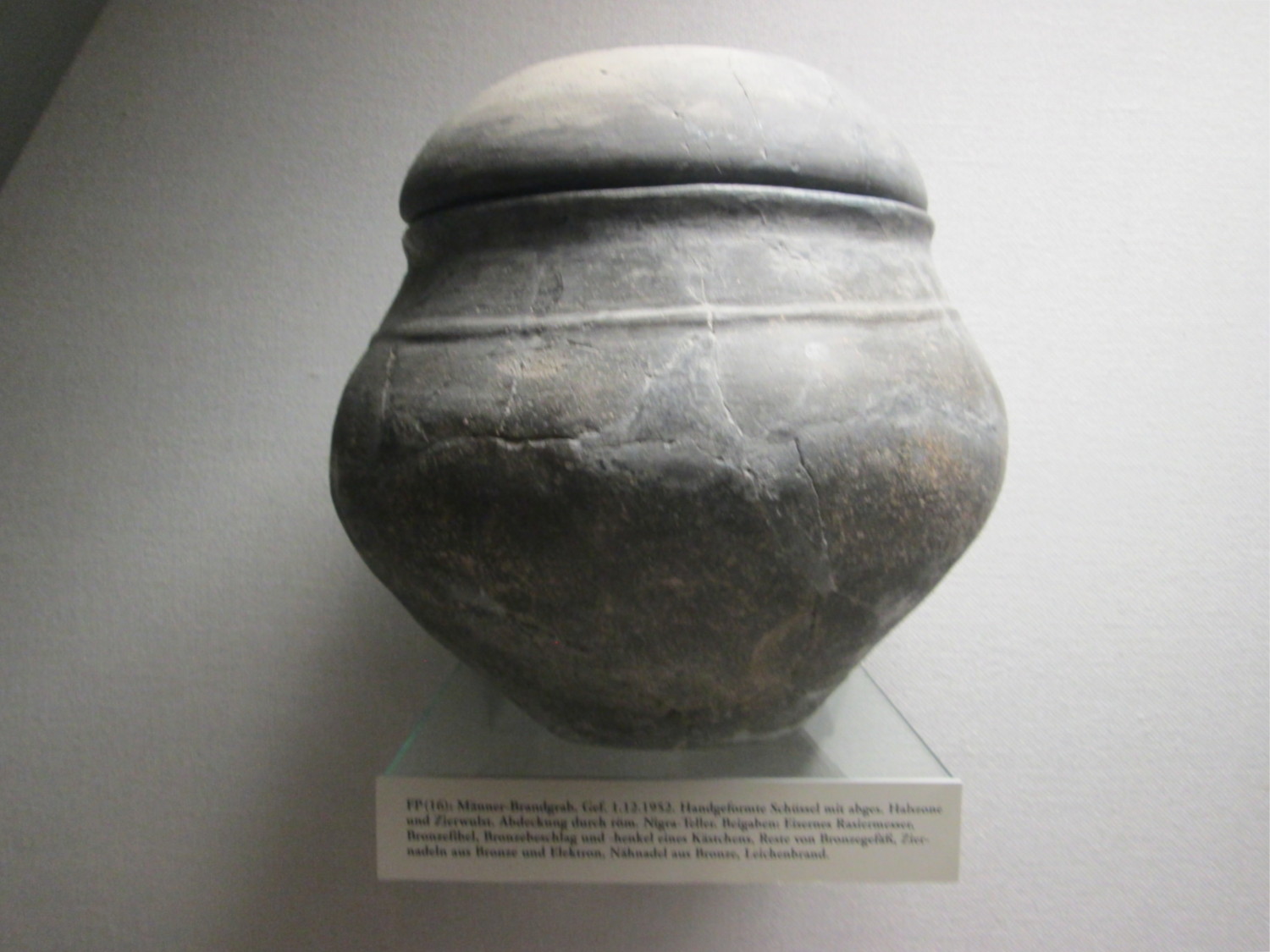|
Architecture Of Portugal
Portuguese architecture refers to both the architecture of Portugal's modern-day territory in Continental Portugal, the Azores and Madeira, as well as the architectural heritage/patrimony of Portuguese architects and styles throughout the world, particularly in countries formerly part of the Portuguese Empire. Like all aspects of Portuguese culture, Portuguese architecture reflects the artistic influences of the various cultures that have either inhabited Portugal or come in contact with the Portuguese people throughout the history of Portugal, including the Gallaecians, Lusitanians, Celtiberians, Romans, Suebi, Visigoths, Moors, Goans, Macanese, Kristang people, and many more. Because of the history of the Portuguese Empire, several countries across the world are home to sizable heritages of Portuguese colonial architecture, notably Brazil and Uruguay in the Americas, Angola, Cabo Verde, São Tomé and Príncipe, Benin, Ghana, Morocco, Guinea Bissau, Zimbabwe, and Mo ... [...More Info...] [...Related Items...] OR: [Wikipedia] [Google] [Baidu] |
Portuguese Culture
The culture of Portugal designates the cultural practices and traditions of the Portuguese people. It is rooted on the interactions between many different civilizations that inhabited the area during the past millennia. From Prehistoric Iberia, prehistoric cultures, to its Pre-Roman peoples of the Iberian Peninsula, Pre-Roman civilizations (such as the Lusitanians, the Gallaeci, the Celtic languages, Celtici, and the Cynetes, amongst others), passing through its contacts with the Phoenician-Carthage, Carthaginian world, the Roman Empire, Roman Roman conquest of Hispania, period (see Hispania, Lusitania and Gallaecia), the Germanic tribes, Germanic Migration Period, invasions of the Suebi, Buri (Germanic tribe), Buri (see Kingdom of the Suebi) and Visigoths (see Visigothic Kingdom), Viking expansion, Viking incursions, Sephardic Jewish settlement, and finally, the Moors, Moorish Umayyad invasion of Hispania and the subsequent expulsion during the Reconquista, all have influenced th ... [...More Info...] [...Related Items...] OR: [Wikipedia] [Google] [Baidu] |
Portuguese Colonial Architecture
Portuguese colonial architecture refers to the various styles of Portuguese architecture built across the Portuguese Empire (including Portugal). Many former colonies, especially Brazil, Macau, and India, promote their Portuguese architecture as major tourist attractions and many are UNESCO world heritage sites. Portuguese colonial architecture can be found in the plethora of former colonies throughout South America, North Africa, Sub-Saharan Africa, India, Oceania, and East Asia. 15th century During the 15th century, the Portuguese Empire laid its foundations across the world as the world's first modern colonial empire, and what would be the longest. The Empire came into existence in 1415, with the Capture of Ceuta, by the forces of Infante Henrique of Aviz, the "Navigator". This key victory initiated a century of Portuguese expansion and colonization of the African continent. In North Africa, the Portuguese conquered Ceuta, 1415, Alcácer Ceguer, 1458, Arzila, 1471, Ta ... [...More Info...] [...Related Items...] OR: [Wikipedia] [Google] [Baidu] |
Kristang People
The Kristang (otherwise known as "Portuguese-Eurasians" or "Malacca Portuguese") are a creole and indigenous ethnic group of people of primarily Portuguese and Malay descent, with substantial Dutch, British, Jewish, Chinese, and Indian ancestry. They are based mostly in Malaysia, Singapore, and Australia, the last being due to significant emigration in the second half of the twentieth century. People of this ethnicity also have, besides Malay and Portuguese, Dutch ancestry due to intermarriages, which is common among the Kristang. In addition, due to persecution by the Portuguese Inquisition in the region, a lot of the Jews of Malacca assimilated into the Kristang community. The creole group arose in Malacca (part of present-day Malaysia) between the 16th and 17th centuries, when the city was a port and base of the Portuguese Empire. Today the Malaysian government classifies them as Portuguese-Eurasians; in Singapore, they are primarily known as Kristang. Today, element ... [...More Info...] [...Related Items...] OR: [Wikipedia] [Google] [Baidu] |
Macanese People
The Macanese people (, ) are a multiracial East Asian ethnic group that originated in Macau in the 16th century, consisting of people of predominantly mixed Cantonese and Portuguese as well as Malay, Japanese, Sinhalese, and Indian ancestry.Teixeira, Manuel (1965),''Os Macaenses'', Macau: Imprensa Nacional; Amaro, Ana Maria (1988), ''Filhos da Terra'', Macau: Instituto Cultural de Macau, pp. 4–7; and Pina-Cabral, João de and Nelson Lourenço (1993), ''Em Terra de Tufões: Dinâmicas da Etnicidade Macaense'', Macau: Instituto Cultural de Macau, for three varying, yet converging discussions on the definition of the term Macanese. Also particularly helpful is ''Review of Culture'' No. 20 July/September (English Edition) 1994, which is devoted to the ethnography of the Macanese.Marreiros, Carlos (1994), "Alliances for the Future" in ''Review of Culture'', No. 20 July/September (English Edition), pp. 162–172. After World War II, many Macanese migrated out of M ... [...More Info...] [...Related Items...] OR: [Wikipedia] [Google] [Baidu] |
Architecture Of Goan Catholics
The architecture of Goan Catholics has strong Portuguese and native Goan influences. It developed over the Portuguese India era (1500s–1961). Many of the 16th and 17th colonial Catholic churches were built in the Portuguese Baroque style. Most of the historic houses still standing were built between the 18th century and the early part of the 20th century, in a mix of Neoclassical and Gothic Revival styles. Design influences Factors that influenced residential design in Goa include: *Protection from fierce seasonal monsoons. *Portuguese Empire rule and the subsequent Christianisation of Goa allowed Catholic Goans to travel all over the world without fear. When these Goan travellers returned home, they brought with them ideas and influences from other countries. The Goan master builders executed these ideas using local building materials, making the Goan house a mixture and adaptation of design elements and influences from various cultures. *The traditional Manueline and Baroque ... [...More Info...] [...Related Items...] OR: [Wikipedia] [Google] [Baidu] |
Moors
The term Moor is an Endonym and exonym, exonym used in European languages to designate the Muslims, Muslim populations of North Africa (the Maghreb) and the Iberian Peninsula (particularly al-Andalus) during the Middle Ages. Moors are not a single, distinct or Ethnonym, self-defined people. Europeans of the Middle Ages and the early modern period variously applied the name to Arabs, Berbers, and Islam in Europe, Muslim Europeans. The term has been used in a broader sense to refer to Muslims in general,Menocal, María Rosa (2002). ''Ornament of the World: How Muslims, Jews and Christians Created a Culture of Tolerance in Medieval Spain''. Little, Brown, & Co. , p. 241 especially those of Arab or Berber descent, whether living in al-Andalus or North Africa. The 1911 ''Encyclopædia Britannica'' observed that the term had "no real ethnological value." The word has racial connotations and it has fallen out of fashion among scholars since the mid-20th century. The word is also used ... [...More Info...] [...Related Items...] OR: [Wikipedia] [Google] [Baidu] |
Visigoths
The Visigoths (; ) were a Germanic people united under the rule of a king and living within the Roman Empire during late antiquity. The Visigoths first appeared in the Balkans, as a Roman-allied Barbarian kingdoms, barbarian military group united under the command of Alaric I. Their exact origins are believed to have been diverse but they probably included many descendants of the Thervingi who had moved into the Roman Empire beginning in 376 and had played a major role in defeating the Romans at the Battle of Adrianople in 378. Relations between the Romans and Alaric's Visigoths varied, with the two groups making treaties when convenient, and warring with one another when not. Under Alaric, the Visigoths invaded Italy and sack of Rome (410), sacked Rome in August 410. The Visigoths were subsequently settled in southern Gaul as ''foederati'' to the Romans, a relationship that was established in 418. This developed as an independent kingdom with its Capital city, capital at Toulou ... [...More Info...] [...Related Items...] OR: [Wikipedia] [Google] [Baidu] |
Suebi
file:1st century Germani.png, 300px, The approximate positions of some Germanic peoples reported by Graeco-Roman authors in the 1st century. Suebian peoples in red, and other Irminones in purple. The Suebi (also spelled Suavi, Suevi or Suebians) were a large group of Germanic peoples originally from the Elbe river region in what is now Germany and the Czech Republic. In the early Roman era they included many peoples with their own names such as the Marcomanni, Quadi, Hermunduri, Semnones, and Lombards. New groupings formed later, such as the Alamanni and Bavarians, and two kingdoms in the Migration Period were simply referred to as Suebian. Although Tacitus specified that the Suebian group was not an old tribal group itself, the Suebian peoples are associated by Pliny the Elder with the Irminones, a grouping of Germanic peoples who claimed ancestral connections. Tacitus mentions Suebian languages, and a geographical "Suevia". The Suevians were first mentioned by Julius Caesar i ... [...More Info...] [...Related Items...] OR: [Wikipedia] [Google] [Baidu] |
Ancient Rome
In modern historiography, ancient Rome is the Roman people, Roman civilisation from the founding of Rome, founding of the Italian city of Rome in the 8th century BC to the Fall of the Western Roman Empire, collapse of the Western Roman Empire in the 5th century AD. It encompasses the Roman Kingdom (753–509 BC), the Roman Republic (50927 BC), and the Roman Empire (27 BC476 AD) until the fall of the western empire. Ancient Rome began as an Italic peoples, Italic settlement, traditionally dated to 753 BC, beside the River Tiber in the Italian peninsula. The settlement grew into the city and polity of Rome, and came to control its neighbours through a combination of treaties and military strength. It eventually controlled the Italian Peninsula, assimilating the Greece, Greek culture of southern Italy (Magna Graecia) and the Etruscans, Etruscan culture, and then became the dominant power in the Mediterranean region and parts of Europe. At its hei ... [...More Info...] [...Related Items...] OR: [Wikipedia] [Google] [Baidu] |
Celtiberians
The Celtiberians were a group of Celts and Celticized peoples inhabiting an area in the central-northeastern Iberian Peninsula during the final centuries BC. They were explicitly mentioned as being Celts by several classic authors (e.g. Strabo). These tribes spoke the Celtiberian language and wrote it by adapting the Iberian alphabet, in the form of the Celtiberian script. The numerous inscriptions that have been discovered, some of them extensive, have enabled scholars to classify the Celtiberian language as a Celtic language, one of the Hispano-Celtic (also known as Iberian Celtic) languages that were spoken in pre-Roman and early Roman Iberia. Archaeologically, many elements link Celtiberians with Celts in Central Europe, but also show large differences with both the Hallstatt culture and La Tène culture. There is no complete agreement on the exact definition of Celtiberians among classical authors, nor modern scholars. The Ebro river clearly divides the Celtiberian areas ... [...More Info...] [...Related Items...] OR: [Wikipedia] [Google] [Baidu] |
Lusitanians
The Lusitanians were an Indo-European languages, Indo-European-speaking people living in the far west of the Iberian Peninsula, in present-day central Portugal and Extremadura and Castilla y Leon of Spain. It is uncertain whether the Lusitanians were Celticized Iberians or Celts, related to the Lusones. After its conquest by the Roman Republic, Romans, the land was subsequently incorporated as a Roman province named after them (Lusitania). History Origins Frontinus mentions Lusitanian leader Viriathus as the leader of the Celtiberians, in their war against the Romans. The Greco-Roman historian Diodorus Siculus likened them to another List of ancient Celtic peoples and tribes, Celtic tribe: "Those who are called Lusitanians are the bravest of all similar to the Cimbri". The Lusitanians were also called Belitanians, according to the diviner Artemidorus. . [S.l.]: Real Academia de la Historia, 2000. 33 p. vol. 6 of Bibliotheca archaeologica hispana, v. 6 of Publicaciones del G ... [...More Info...] [...Related Items...] OR: [Wikipedia] [Google] [Baidu] |







